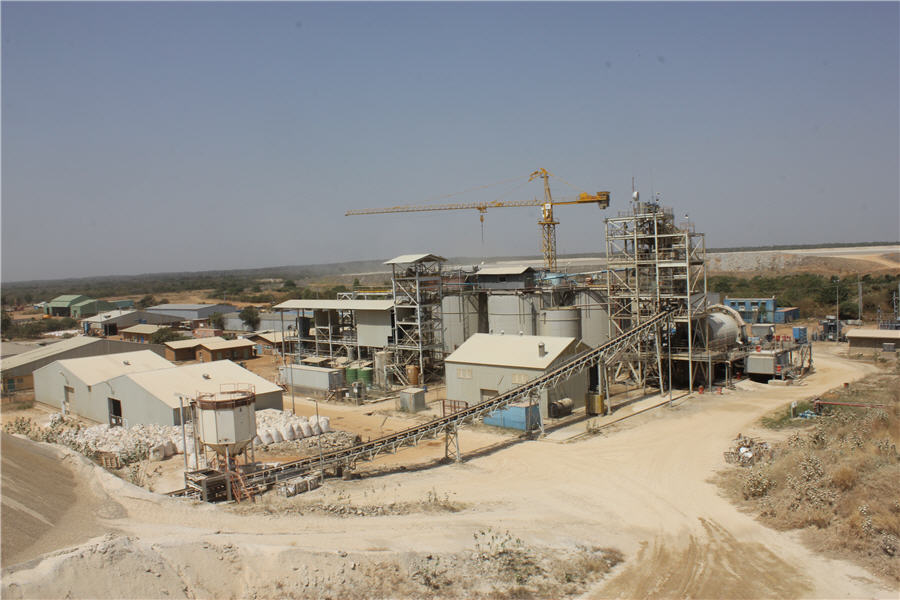Rick Rule: Three reasons to start buying resource juniors
Gold has declined slightly, from around $1,320 to $1,300, in the last few weeks. Rick commented that this was normal for a recovery in resource stocks. You expect gradual rises and subsequent consolidations. Today, he lays out his three big drivers for a recovery in the ‘junior’ resource stocks.
Rick, are we still on our way towards a recovery? What catalysts might take the market higher?
“The market for junior resource stocks, as you can see from the performance of the TSX.V, the ASX, and the LSE AIM, marked a bottom around a year ago. They’re in a gradual recovery now, and I believe the uptrend will continue, albeit marked by the same volatility that we’ve seen in the market so far. We’ve experienced three advances and subsequent declines this calendar year – and that’s normal for the early stages of a resource recovery. These advances need to consolidate, which they have already done nicely.
“There are three key drivers to this advancement. First, there’s the incredible amount of capital that the junior market raised five or six years ago and the fact that sooner or later, investors will realize that they’re playing with ’25-cent dollars,’ as many juniors are trading well below the value of their cash and other assets. Second, there are the extraordinarily low valuations attributed to some of the best companies in the sector. Third, there is the increasing pace of mergers and acquisitions. This is a good thing, as horizontal mergers decrease G&A expenses, while in ‘top-down’ mergers, larger mining companies buy up select juniors to add to their exploration and development pipeline.
“Besides these three points, there is also the fact that we are in a nascent boom in the discovery cycle. There has been an increasing pace of new discoveries, and the market certainly appreciates genuine discoveries.
“In my experience, Henry, bull markets begin when the market as a whole exceeds expectations. Since expectations are currently exceedingly low, it won’t take much to beat them. Moves up from lower bases, discoveries, mergers and acquisitions, and particularly the generally low valuations today relative to market norms for the best companies in the sector, all point to a continued uptrend among resource stocks.
“I would urge you, if you are interested in the sector, to increase the pace of you investments now. Do it selectively because the sector will continue to be volatile and the recovery will continue to be gradual, though perhaps not tepid. I do believe that the risk is to the upside, not the downside.”
You mention that we need to be selective, but don’t “rising tides raise all ships?” How important is analyzing resource stocks ahead of a recovery?
“Important point, Henry. The sector is already so risky that you should try to minimize those risks, not increase them. Bad management teams make the risks of the sector even worse. My friend Doug Casey often says that ‘when the wind is blowing even turkeys can fly.’ The problem though is that the turkeys need to stay fed long enough that they can last until the wind picks up.
“If you took all the juniors together, merging them into a single entity – they would probably lose around $2 to $5 billion a year. Therefore buying the sector as a whole is an excuse to go broke. Meanwhile, the 5 or 10 percent of the best companies in the sector can create such spectacular increase in shareholder value that they add visibility – and sometimes luster – to the overall sector. Confining your portfolio to the best people, the best projects, and the sturdiest balance sheets is not that constraining, but it is critical to maximizing your returns through both upswings and declines in the resource sector.”
P.S.: Our inaugural Sprott Vancouver Natural Resource Symposium took place last week – some of the best speakers in the mining industry converged for our three-day conference. Recordings offered for a fee through Agora Financial.
Rick Rule is the Chairman and Founder of Sprott Global Resource Investments Ltd., a full-service brokerage firm located in Carlsbad, CA. Sprott Global is an affiliate of Sprott Inc., a public company based in Toronto, Canada. Mr. Rule leads a team of earth science and finance professionals who form an intellectual pool for resource investment management. He and his team have experience in many resource sectors including mining, oil and gas, water, agriculture, forestry, and alternative energy.
Image of driver from Library of Congress
More News
{{ commodity.name }}
{{ post.title }}
{{ post.date }}



Comments